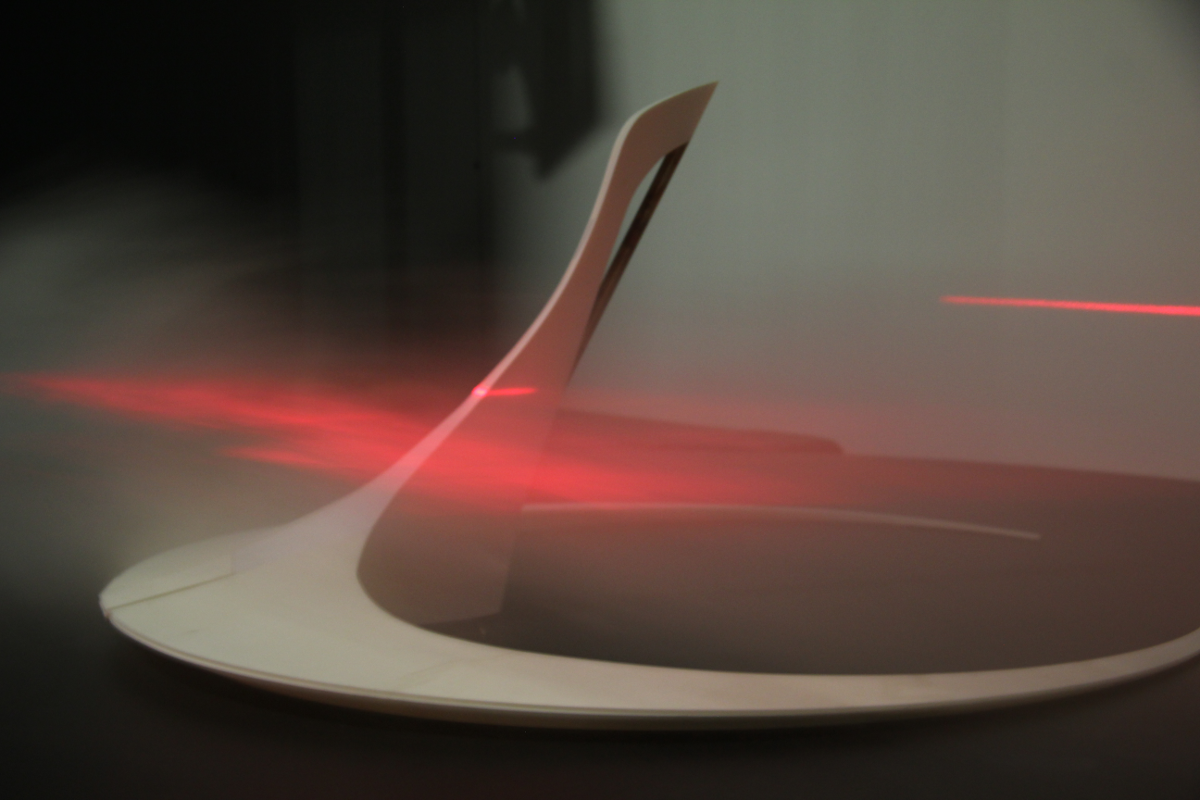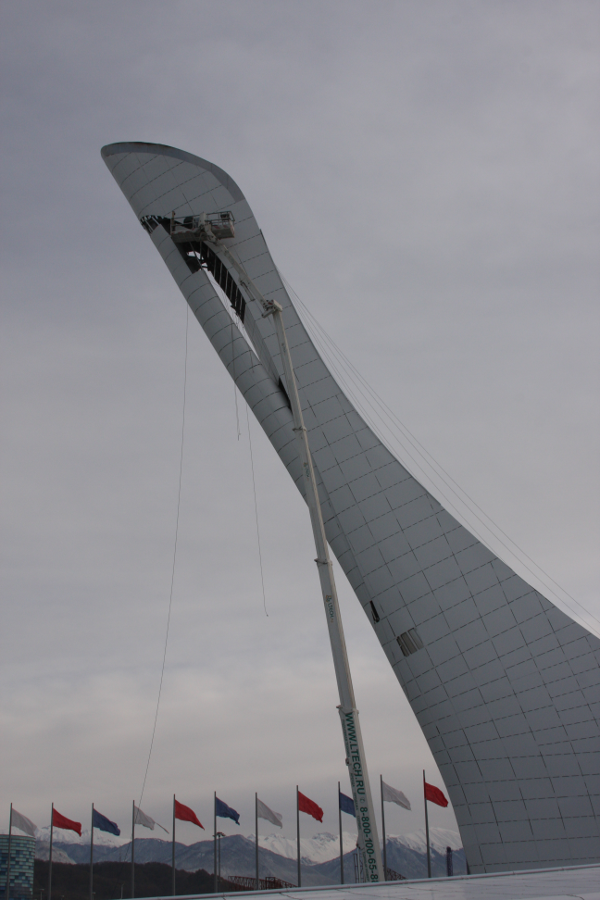 In the case of slender structures or in the case of surface structures with complex load removal, the stress effects result from an inseparable interaction between acting flow, aerodynamic load generation and mechanical structural transfer. For this reason, extremely complex models are sometimes required to assess the structural safety of such structures. The random load effect and the spatial correlation structure poses further challenges for modelling, so that stochastic and numerical methods as well as experimental studies are used.
In the case of slender structures or in the case of surface structures with complex load removal, the stress effects result from an inseparable interaction between acting flow, aerodynamic load generation and mechanical structural transfer. For this reason, extremely complex models are sometimes required to assess the structural safety of such structures. The random load effect and the spatial correlation structure poses further challenges for modelling, so that stochastic and numerical methods as well as experimental studies are used.
The main focal points of the scientific work in this field at the CWE include:
- determination of wind impacts and structural responses of lean structures (e.B. wind turbines, bridges),
- the further development of wind tunnel methods,
- the development of wind load models for novel designs,
- the development of numerical methods in the field of flow simulation,
- the carrying out of aeroelastic tests as well as
- the statistical description of wind-related structural effects for probabilistic studies.
The well-known design load models for wind-excited vibration mechanisms are to be continuously developed through the research activities. At present, this mainly concerns the anchoring of probabilistic and stochastic models for the imaging of aeroelastic instability. Taking into account all stimulation mechanisms, proposals for an improved evaluation of the overall structural reliability are to be developed through targeted studies.
the anchoring of probabilistic and stochastic models for the imaging of aeroelastic instability. Taking into account all stimulation mechanisms, proposals for an improved evaluation of the overall structural reliability are to be developed through targeted studies.
Furthermore, there is a great need for individual wind load expertise, as the aerodynamic load exposure strongly depends on the individual building architecture. Simple estimates are prohibited here, as the loads are caused by a complex overlay of natural flow and body turbulence. With the wind engineering department of the Institute of Steel Construction, the CWE has a competent partner who is a leader in the design of slender structures and who operates one of the few structural aerodynamic border shift wind tunnels in the Federal Republic of Germany.
The design of the supporting structures of wind turbines is currently an area with high development and innovation potential. Industrial practice still lacks design tools for realistic allying the complex wind-induced stress effects in order to meet the ever-increasing demand for supporting structures for wind turbines in economic terms and with a view to structural safety.
Within the framework of the CWE, extensive experience in the planning and execution of measurements with regard to wind-excited vibration phenomena as well as with regard to wind-related damage cases can be used. Special software developments, the two existing wind tunnels as well as the associated measuring technology of the Institute of Steel Construction can be used.
